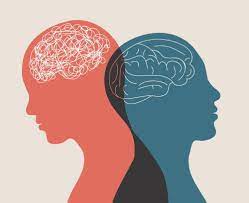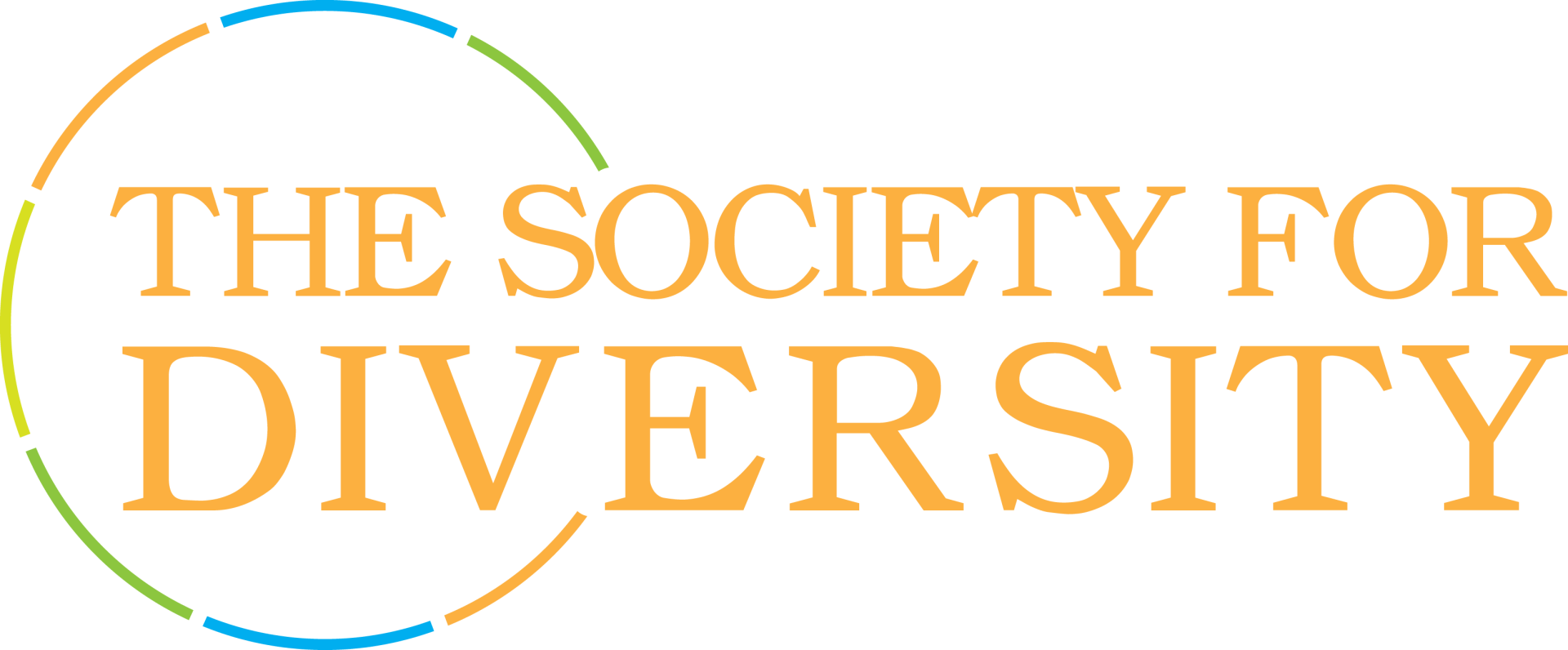The modern workplace looks far different than it did just one or two generations ago. Once upon a time, the labor force was pretty homogeneous. Today, however, businesses look a lot more like the communities and clients they seek to serve, encompassing personnel from every walk of life.
Confronting Bias in the Recruitment Process

Unfortunately, diversity, equity, and inclusion (DEI) initiatives have not yet achieved the full potential and promise for which they were created. While the contemporary workplace is much more inclusive than it once was, exclusionary practices persist, and often in the most unexpected places.
Recruitment practices, for example, continue to be tarnished by the effects of bias, both conscious and unconscious. The good news, however, is that it is possible for business leaders and recruiters to confront and combat bias in hiring processes. This article describes key strategies business owners and human resource (HR) professionals can use to eliminate bias in recruitment.
Recognizing Unconscious Bias
In recruiting as in life, the greatest threat a person can face is usually the one they refuse to acknowledge. This is certainly true when it comes to the role of unconscious bias in instigating discriminatory hiring practices. Few people are willing to accept the notion that they are biased against a particular group, but the demonstrably lingering effects of employment discrimination repudiate any idealistic assertion of a wholly bias-free workplace.
The central challenge is in overcoming resistance to this reality, and helping recruiters and staff learn to acknowledge their own unconscious biases is a critical first step in expunging them.
Implementing anti-bias training institution-wide is critical in helping employees at all levels and across all divisions address the often covert prejudices that contribute to discrimination and harassment in the workplace. For recruiters in particular, unconscious bias training can help them learn to identify patterns of behavior and thought which may have led, even unwittingly, to recruiting discrimination.
Unleashing the Power of Recruiting Technology
In addition to engaging in anti-discrimination training and other proactive measures to more effectively identify and remediate biases in recruiting practices, HR personnel should also leverage the power of recruiting technologies to promote fairness in talent screening. For instance, artificial intelligence (AI) systems in recruitment are increasingly being integrated, not only due to their superior speed and efficiency but also due to their unparalleled capacity for objective analysis.
Unlike human recruiters, AI systems are not driven by psychological processes. They are not motivated and directed by factors of which they are largely unaware, as humans, almost inevitably, are. As such, the criteria by which they assess a candidate’s suitability are not tainted by bias, as even the most conscientious of recruiters may be.
Cultivating an Inclusive Environment
When it comes to eliminating bias in recruitment, it’s not only candidate screening and selection that recruiters must concern themselves with. If the overall workplace environment is not hospitable to a diverse workforce, then recruiters are likely to face significant challenges in retaining talent.
However, by instituting policies and programs which reinforce and render tangible the company’s commitment to inclusivity and diversity, applicants who are members of marginalized communities, such as seniors, persons with disabilities, and members of the BIPOC and LGBTQIA+ communities, will be more likely to apply to and accept a position with the organization.
For instance, HR leaders may design and promote benefits packages that offer specialized services for minority employees. Programs designed to serve the unique mental health needs of Black employees, for example, will not only facilitate the development of a truly inclusive workplace culture, but it can also serve as a powerful recruiting tool for members of historically marginalized communities.
In addition, revising and expanding outreach strategies to target a more diverse talent pool is critical to eliminating bias in recruitment. Holding job fairs at historically Black colleges, or partnering with school counselors and academic advisors in high schools and universities in minority communities is an ideal way to promote diversity in headhunting, hiring, and employment.
Expanding the candidate pool should also include consideration of perhaps the most marginalized populations of all, those with criminal records. The inability to pass a criminal background check often results in a candidate’s immediate rejection, regardless of how qualified the applicant may be. By relaxing or revising recruiting policies regarding these applicants, not only are you tapping into a vast and underserved population, but you may well be protecting someone’s freedom, as stable employment is often a precondition of a rehabilitated person’s release.
The Takeaway
Diversity and inclusion are far more than an ideal. In today’s workplace, they are essential to the cultivation of a work environment that truly reflects the community and the people businesses were created to serve. Nevertheless, biases continue to inflect and infect recruiting processes, leading to both intentional and unintentional discrimination in hiring. Fortunately, it is possible to confront both conscious and unconscious bias in recruitment through anti-bias training, the use of AI-based hiring technologies, and the revision and expansion of headhunting and talent screening practices.
Disclaimer: Content on this blog is authored by multiple sources. While we do make every attempt to proofread and fact-check, unless authored our staff, the views expressed do not necessarily reflect those of The Society for Diversity and the Institute for Diversity Certification.






